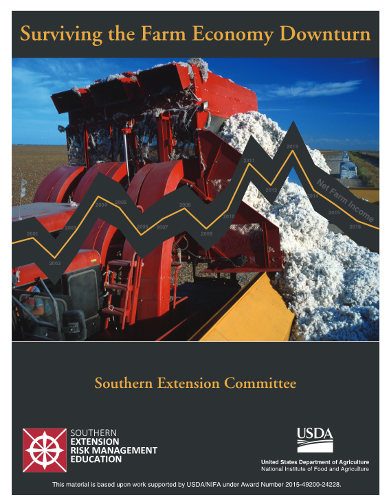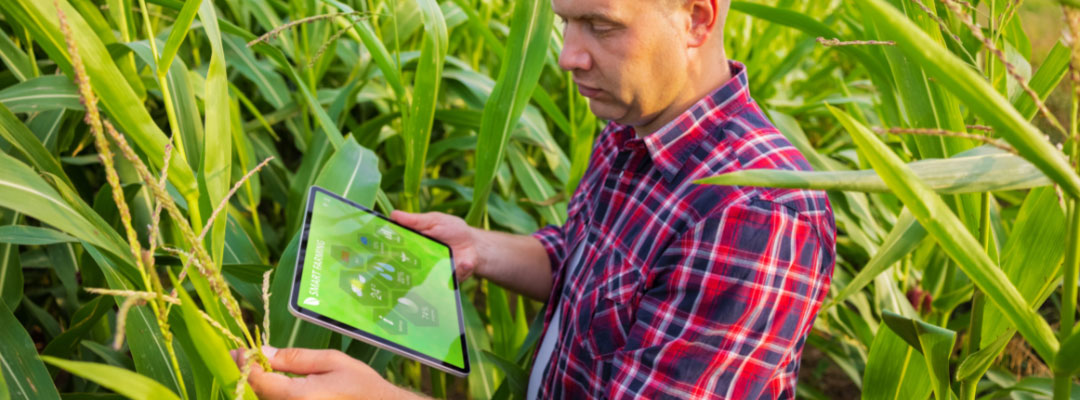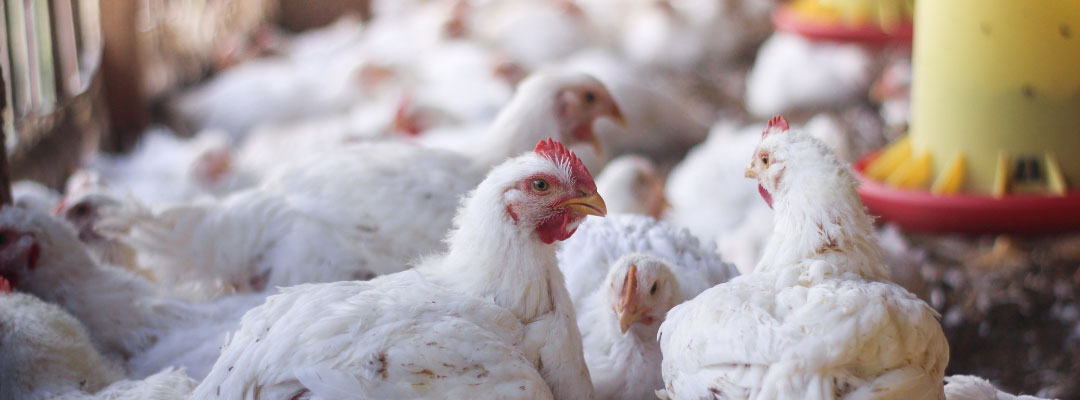Back in 2015, Extension specialists across the Southeast (many of our current SAT contributors) came together to address the decline in the farm economy, specifically declining commodity prices and increasing financial pressure. The resulting publication is a compilation of articles on topics including financial and risk management, marketing, farm management, trade, and stress management. The publication provides strategies for navigating financial difficulties, reducing risk, and identifying opportunities for growth even during downturns. While the publication is approaching ten years old, the core management strategies and concepts are still pertinent as we face a very similar farm economy today.
Key Farm Management Strategies include:
1. Financial Resilience: Carefully managing debt and maintaining cash flow are key to building resilience. Work closely with lenders to help monitor financial health and consider restructuring loans when necessary to preserve adequate working capital.
2. Cost Control and Efficiency: Reducing input costs, optimizing equipment use, and managing labor effectively can help improve profitability. Assessing operational expenses and cutting unnecessary expenditures are essential. Even the smallest changes can add up.
3. Risk Management Strategies: Utilizing crop insurance, following an effective marketing plan, diversifying income sources, and engaging in collaborative farming can help mitigate financial risk. Exploring all available government support programs and financial assistance options can provide relief during downturns.
4. Market Adaptation and Diversification: Considering alternative crops, livestock production adjustments, or producing for specialty markets can help maintain income. Understanding market trends and adapting production strategies accordingly is vital for long-term sustainability.
5. Mental Health and Well-being: Economic stress can take a toll on farmers’ mental health. Seeking support, engaging with extension services, and maintaining a strong social network can help manage stress, depression, and other challenges related to financial strain.For a deep dive on all economic topics, including the farm management strategies above, the full publication can be found here: “Surviving the Farm Economy Downturn”.

Shockley, Jordan, and Steven Klose. “Managing Through Tough Times.” Southern Ag Today 5(8.1). February 17, 2025. Permalink







